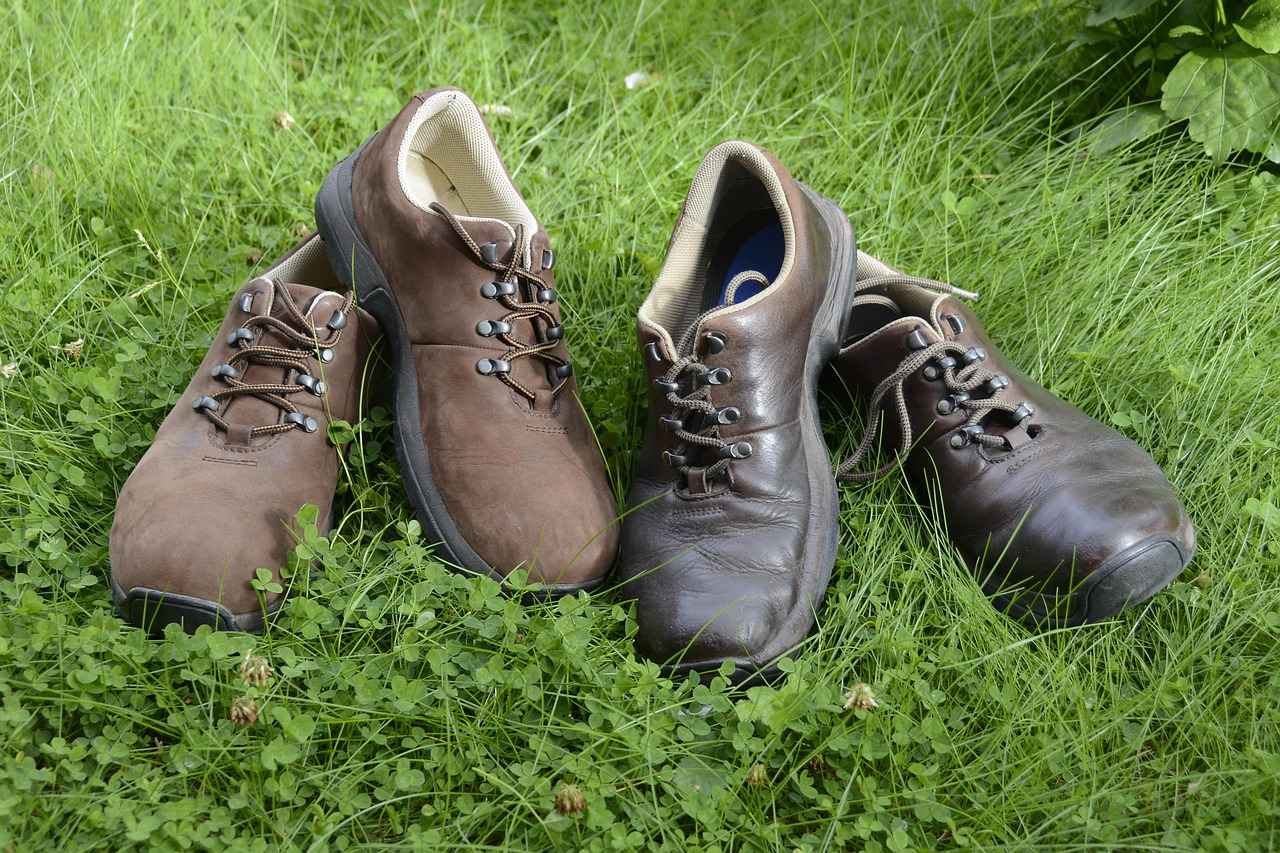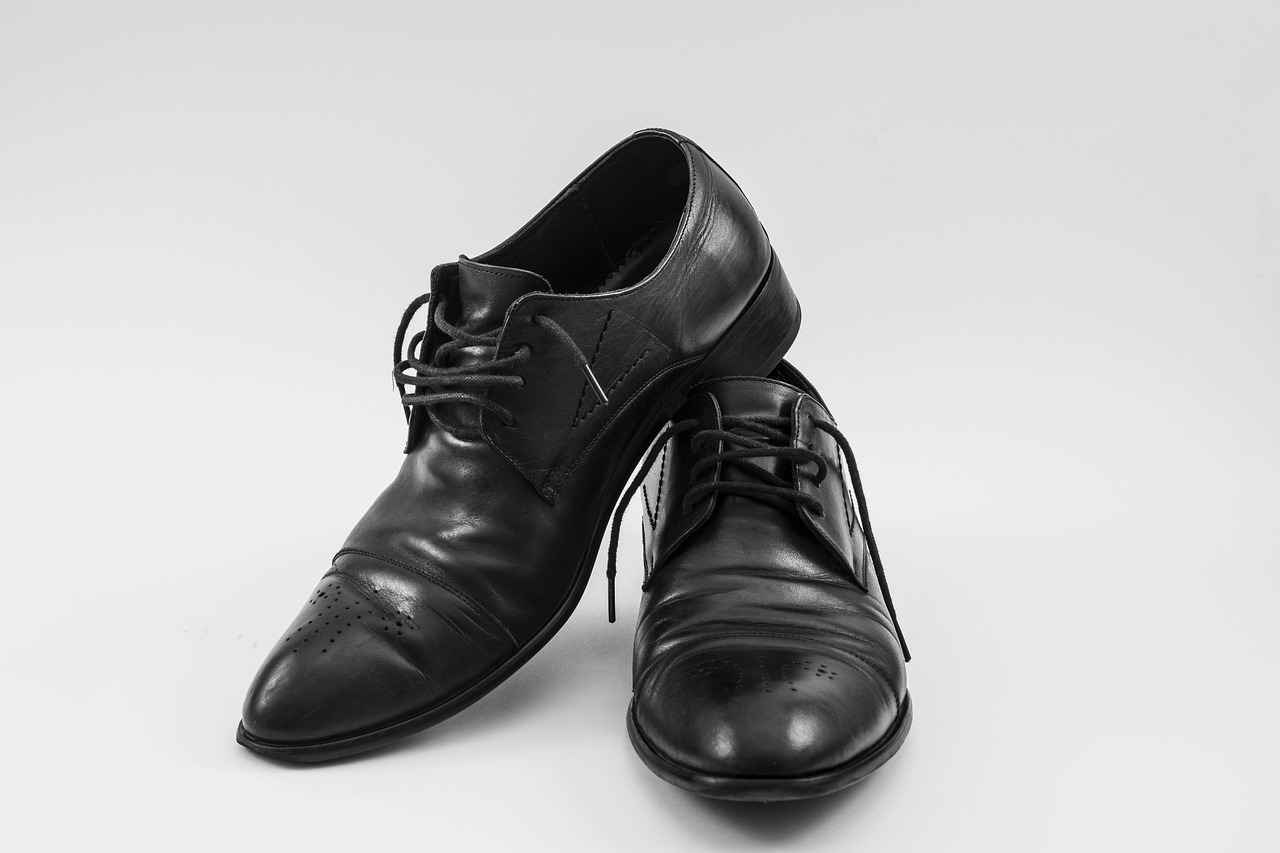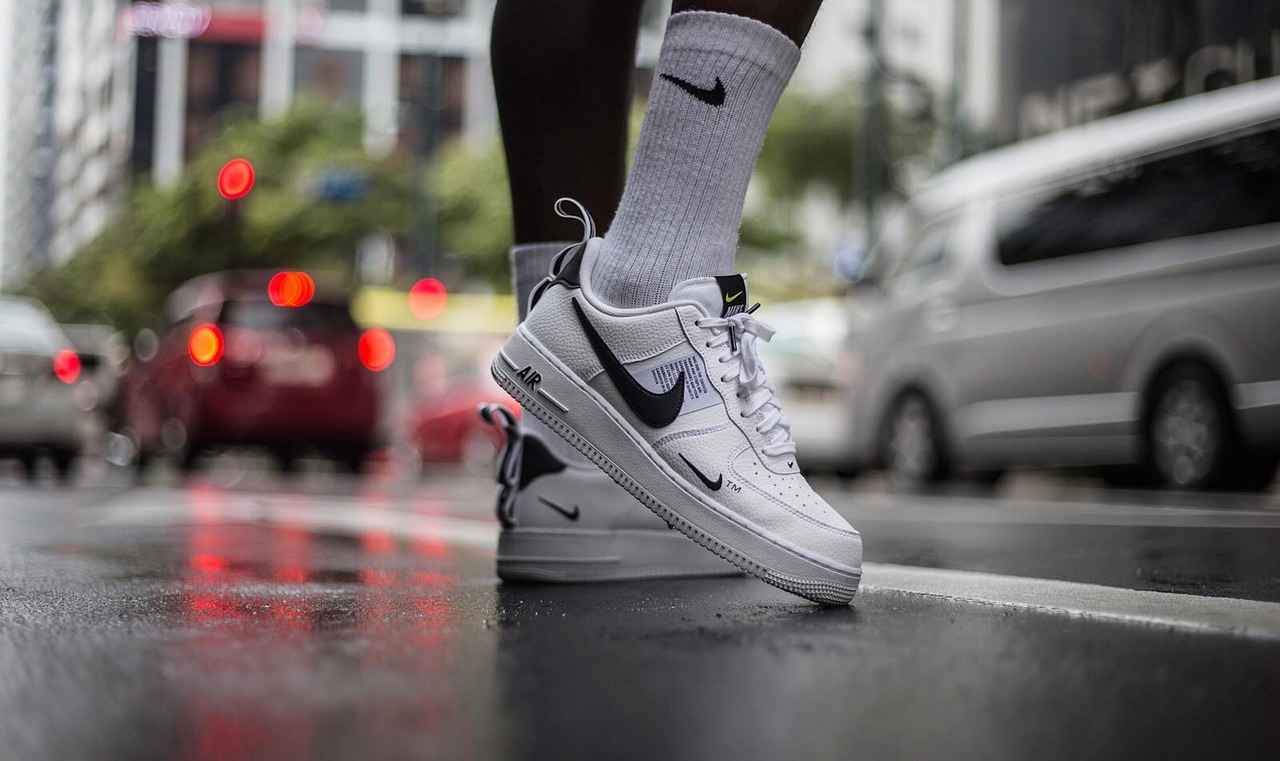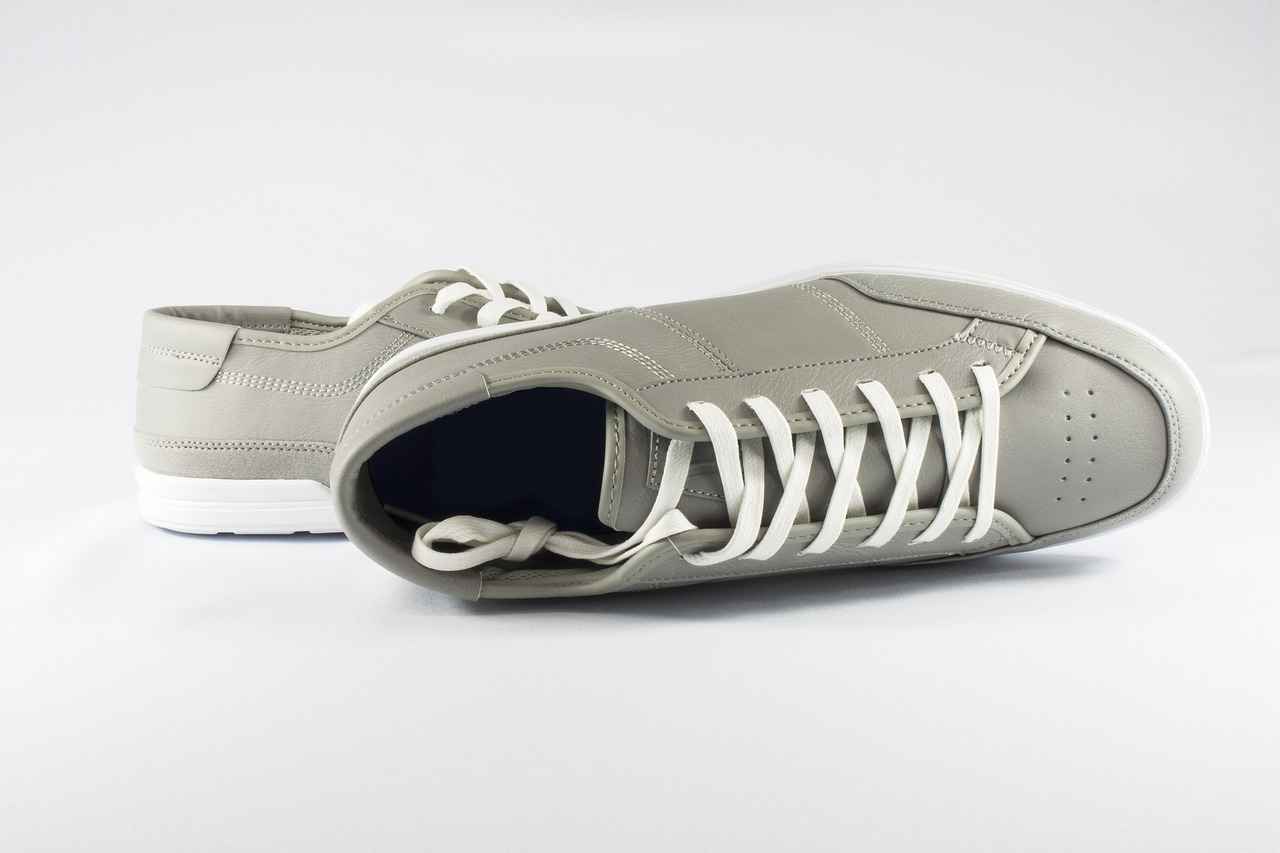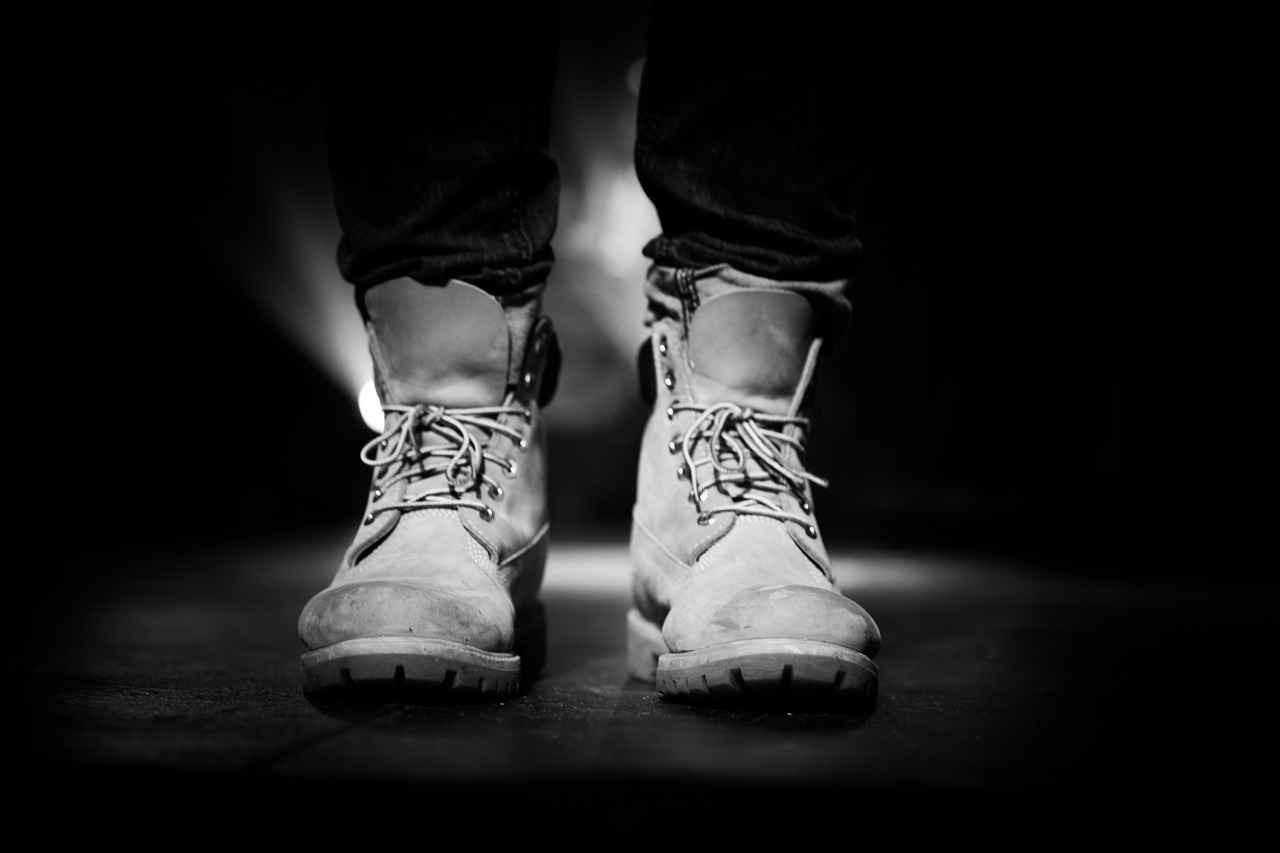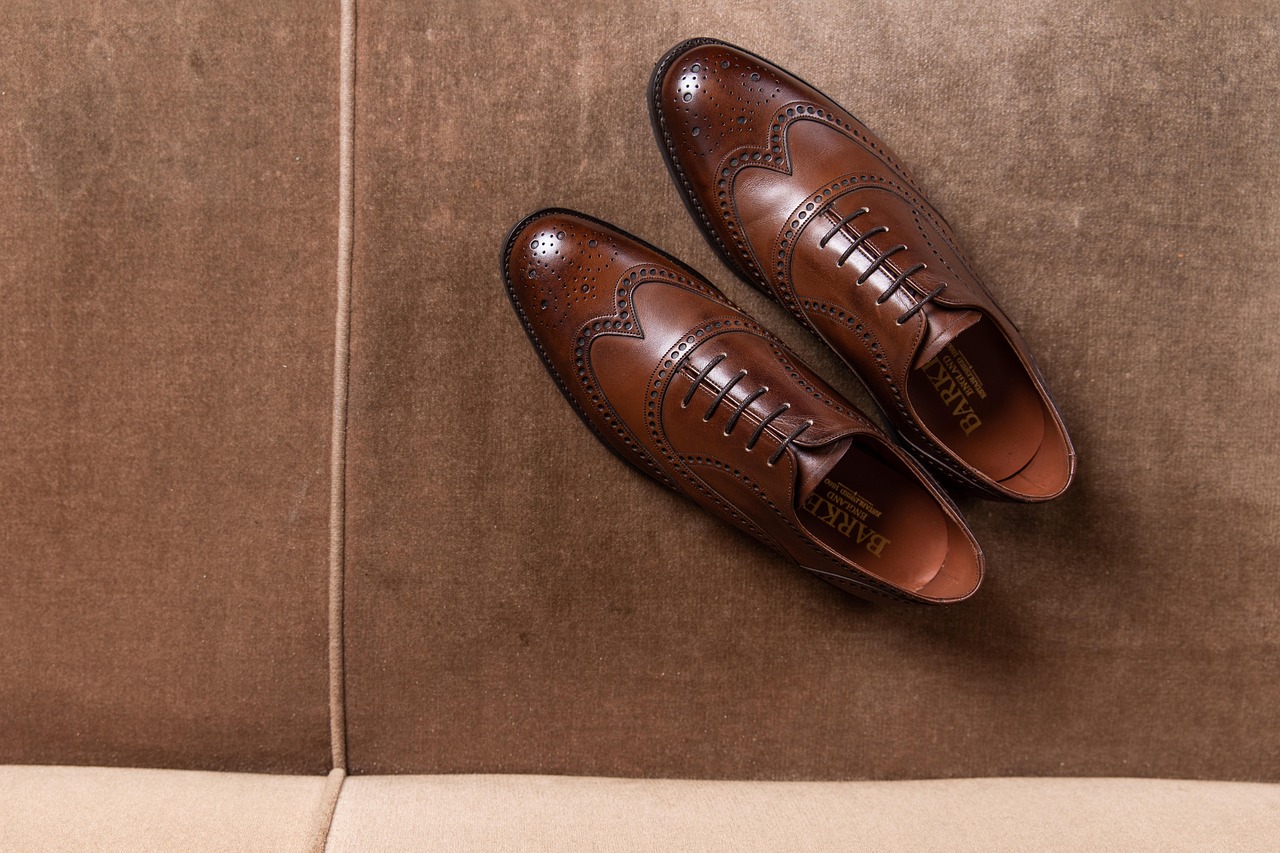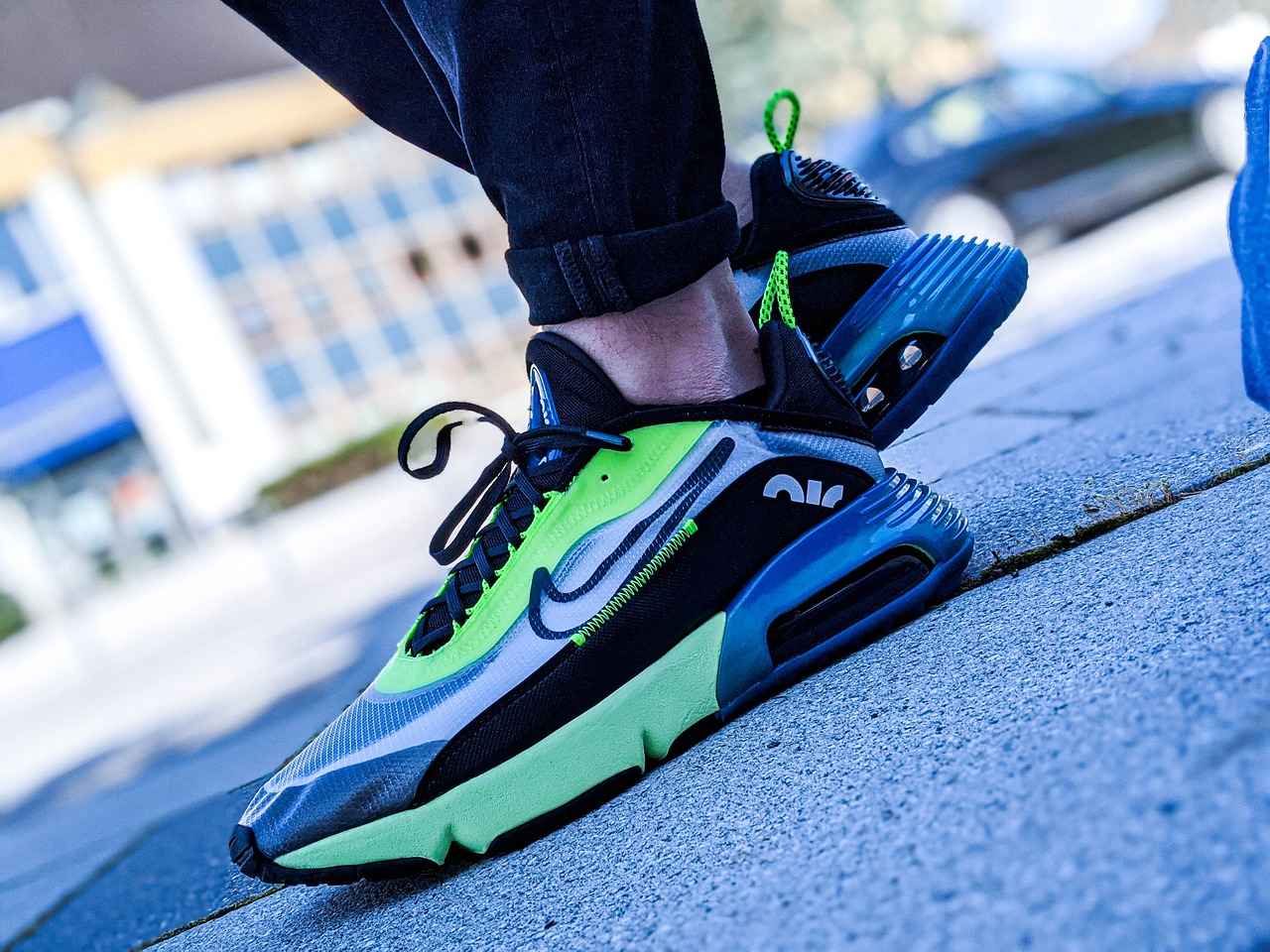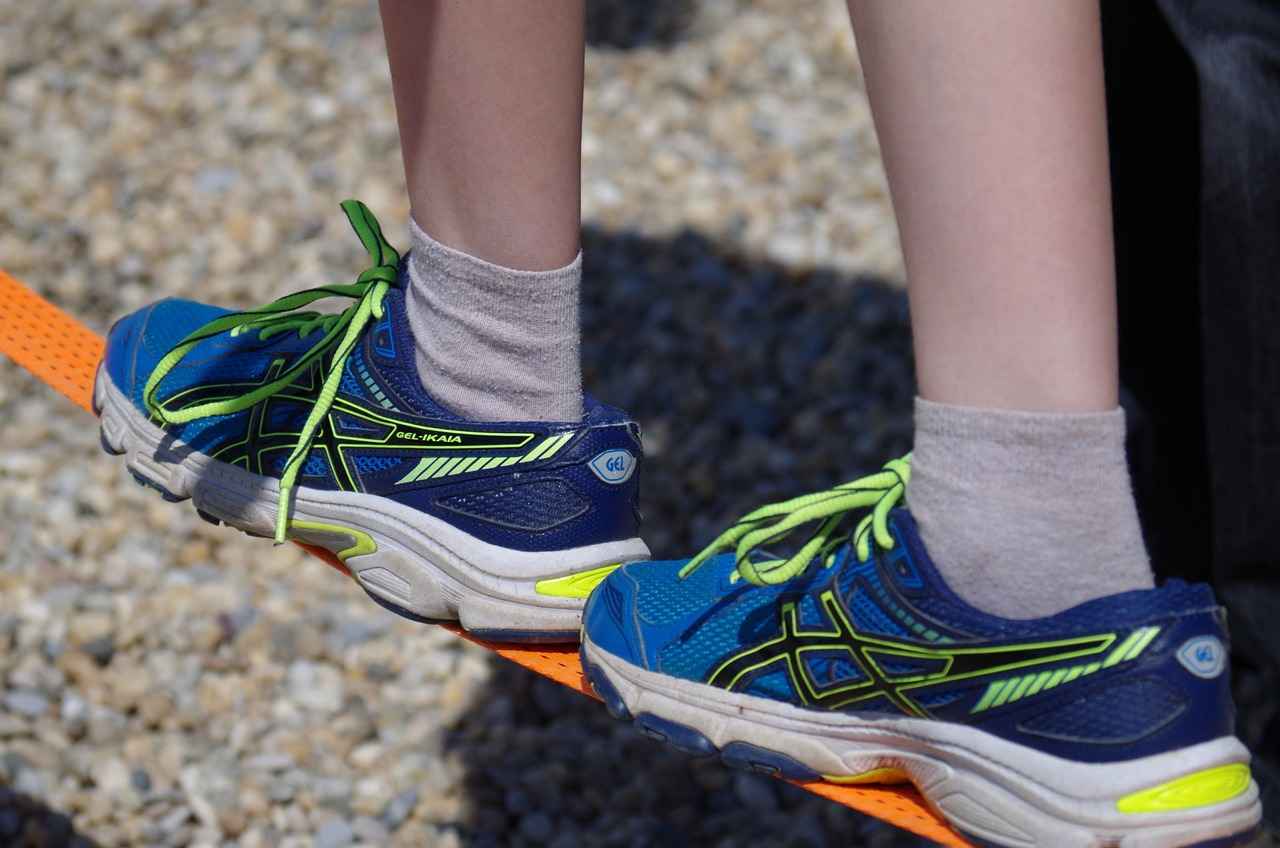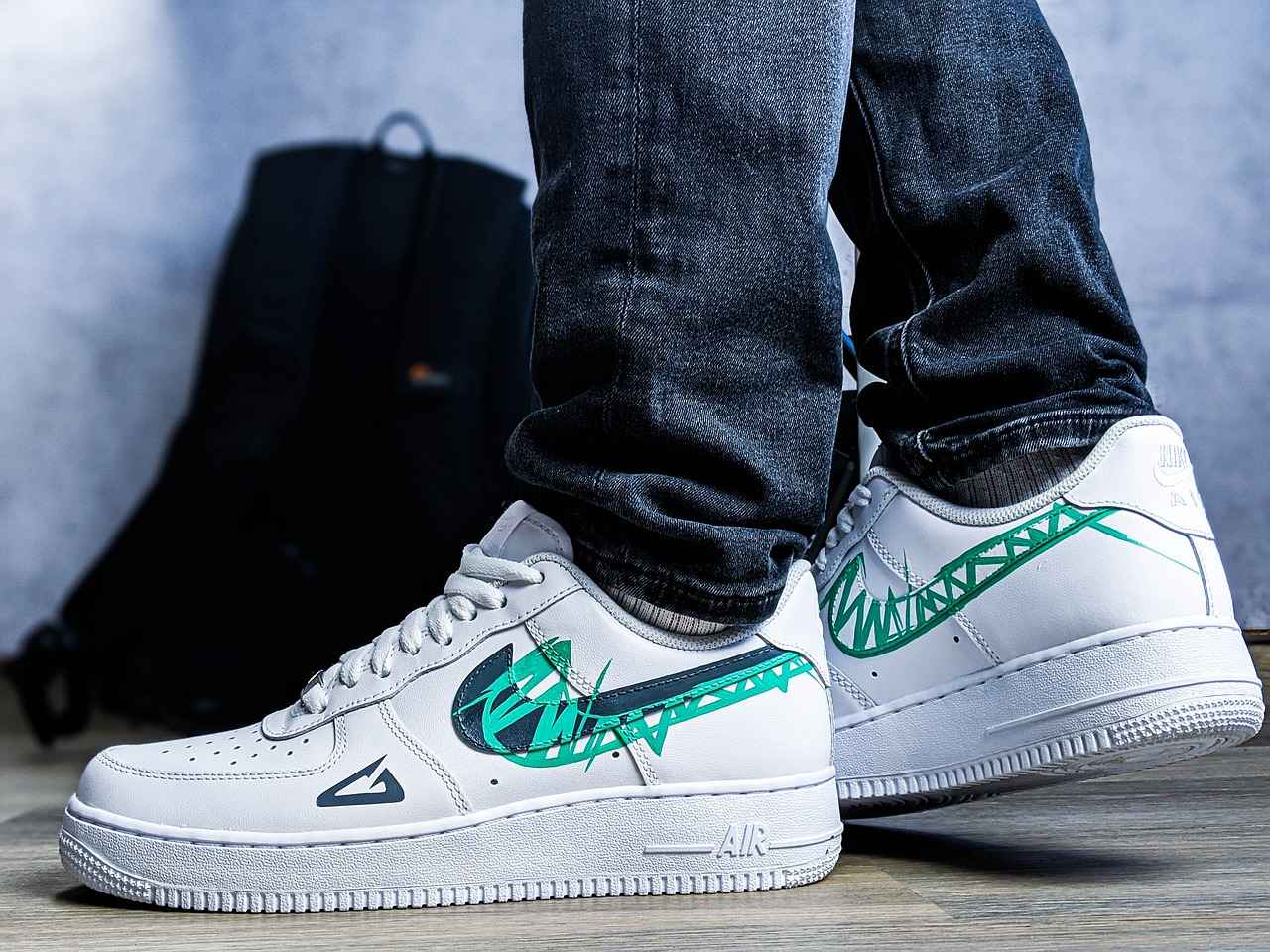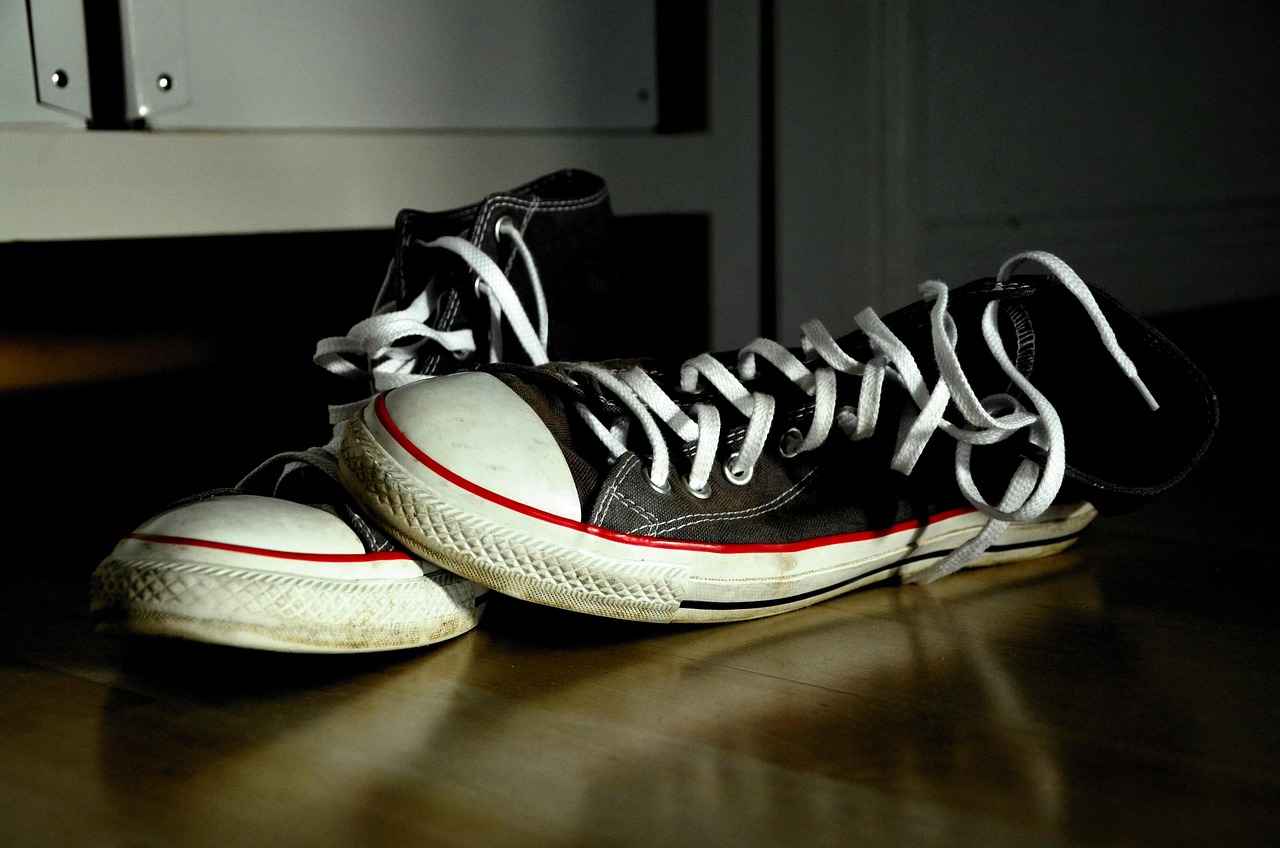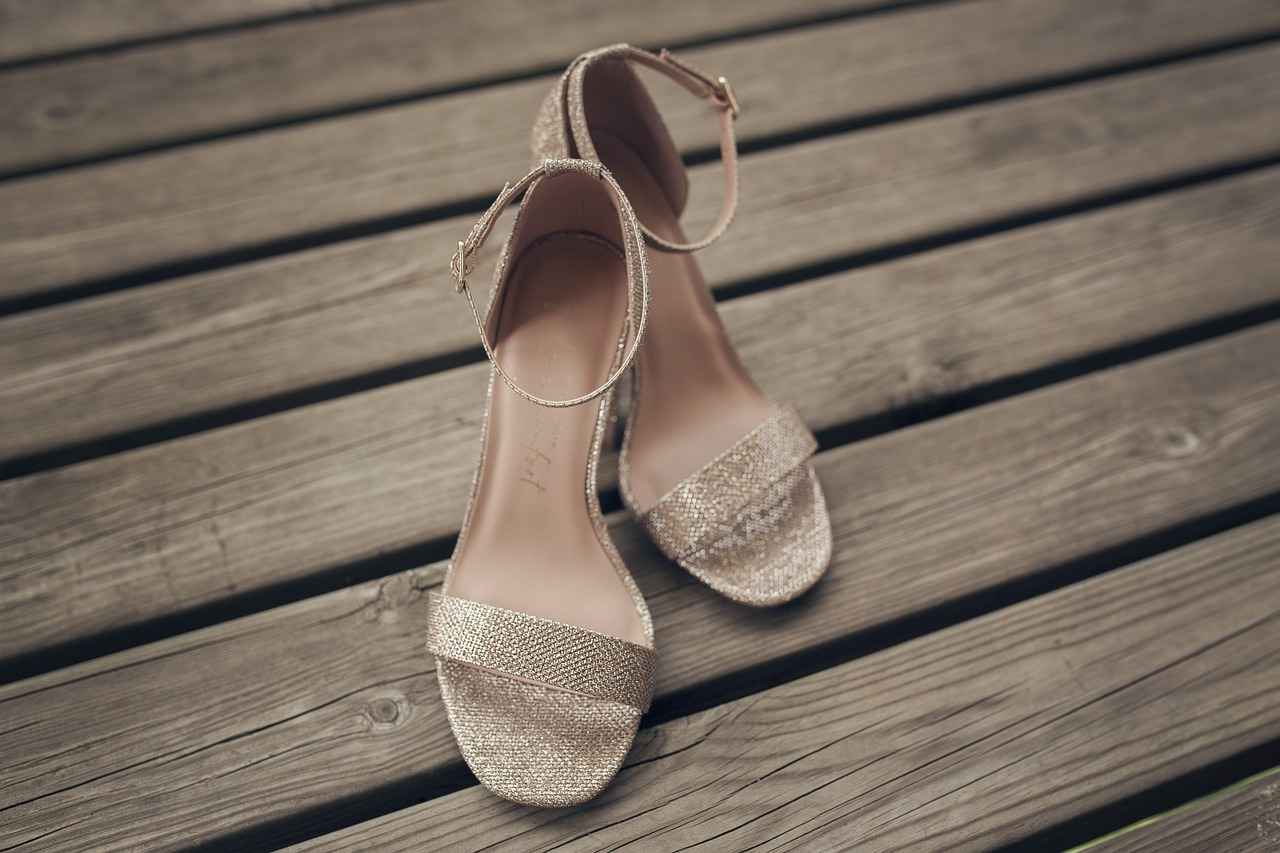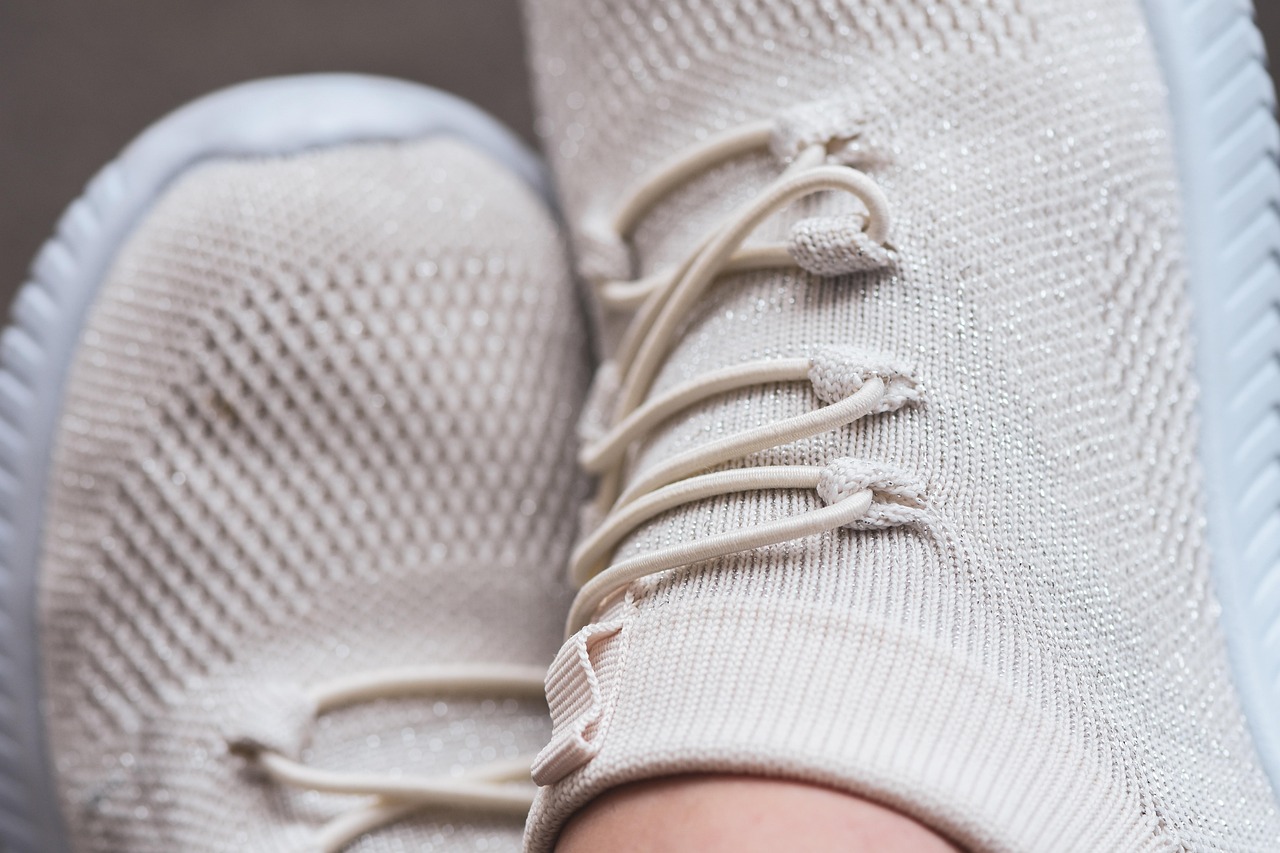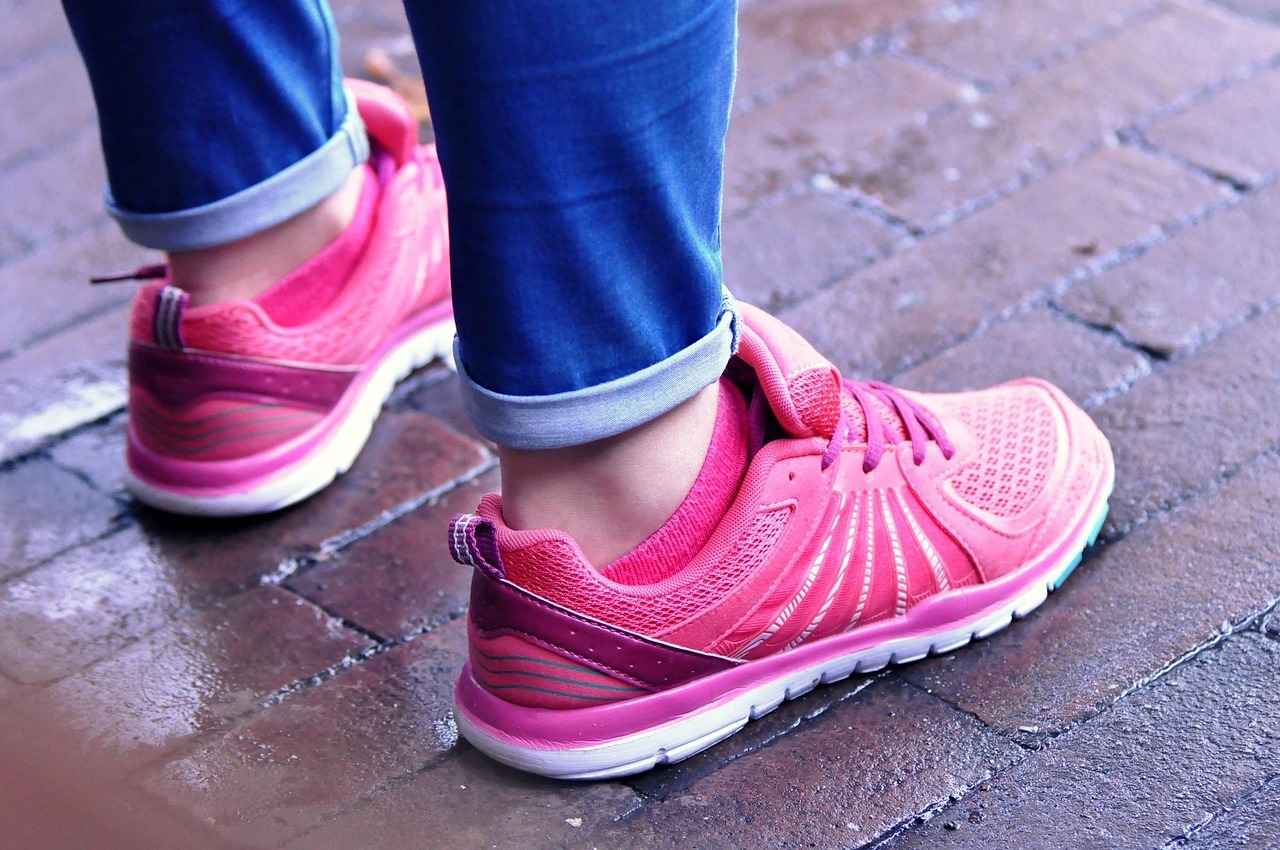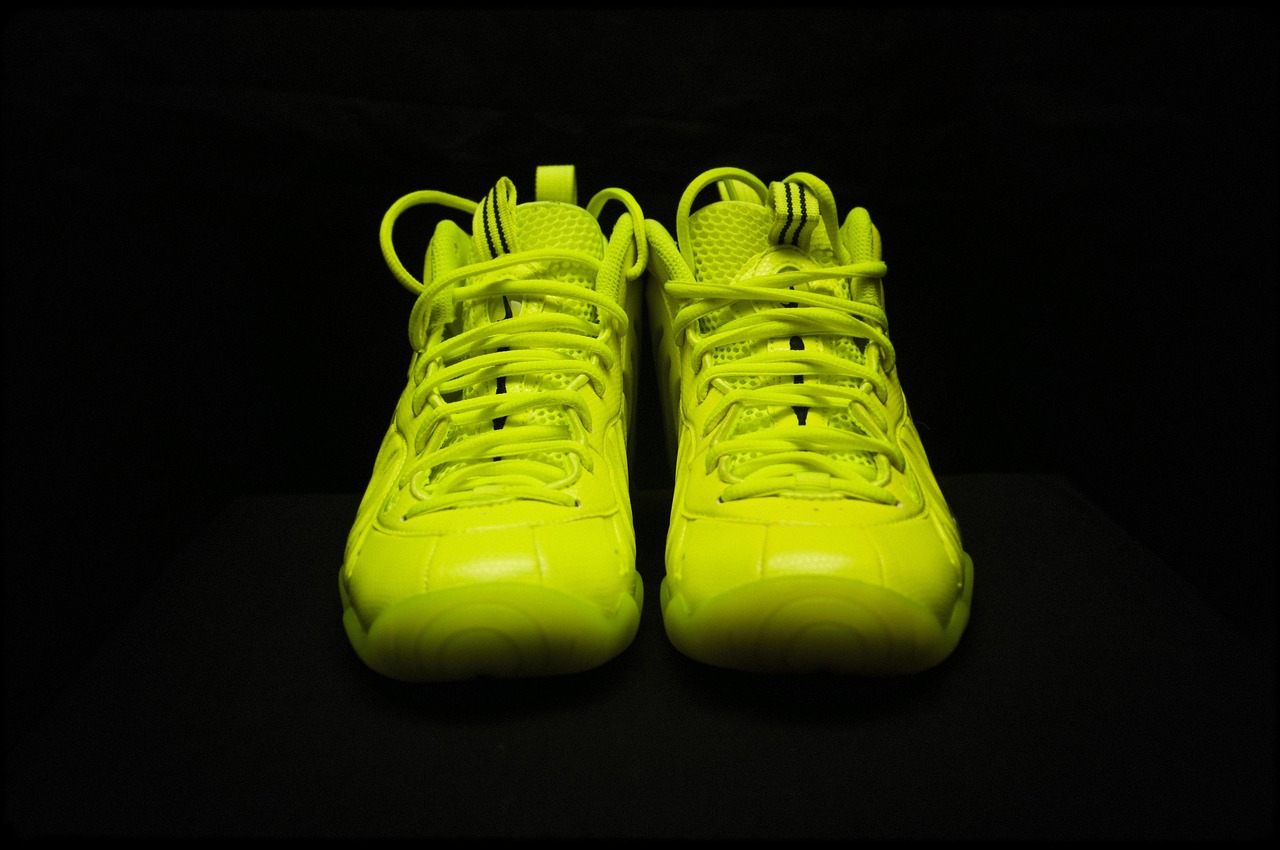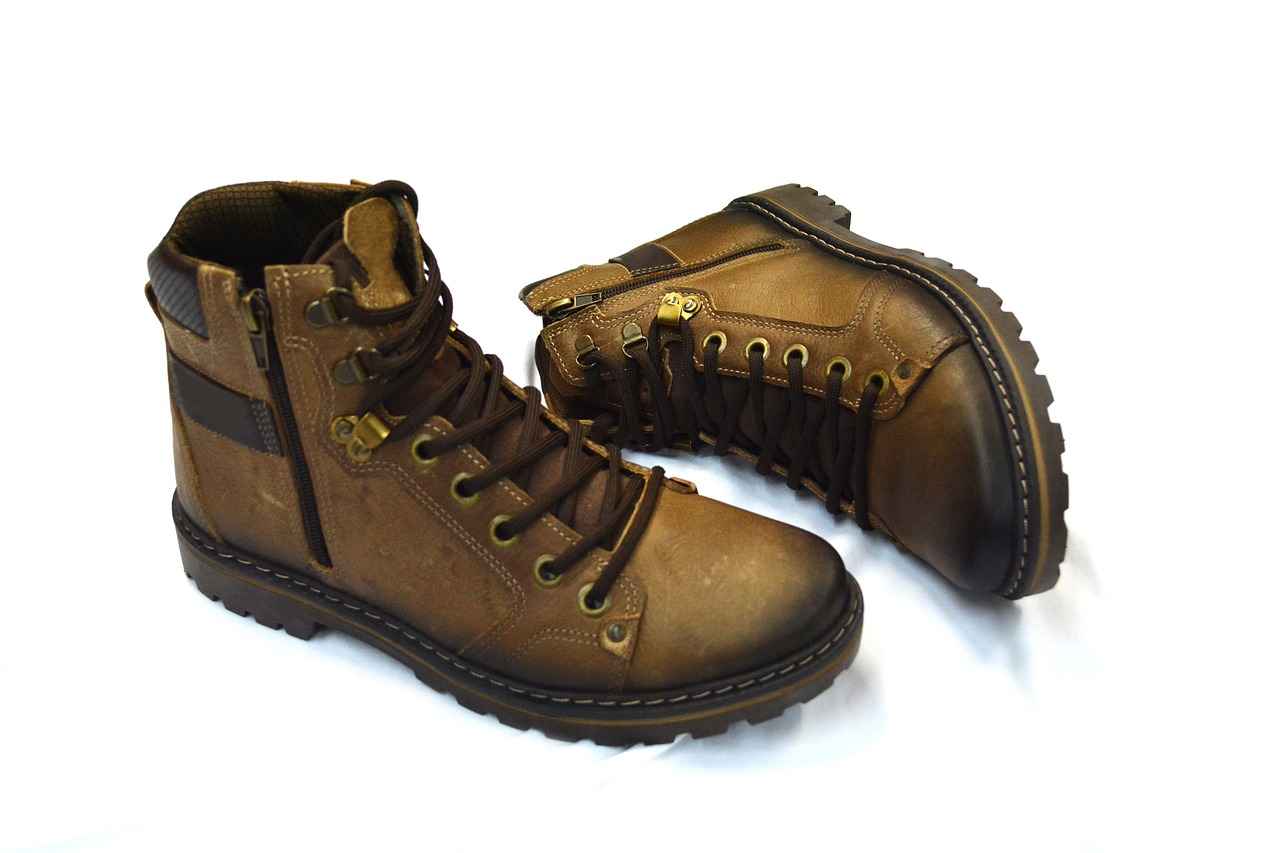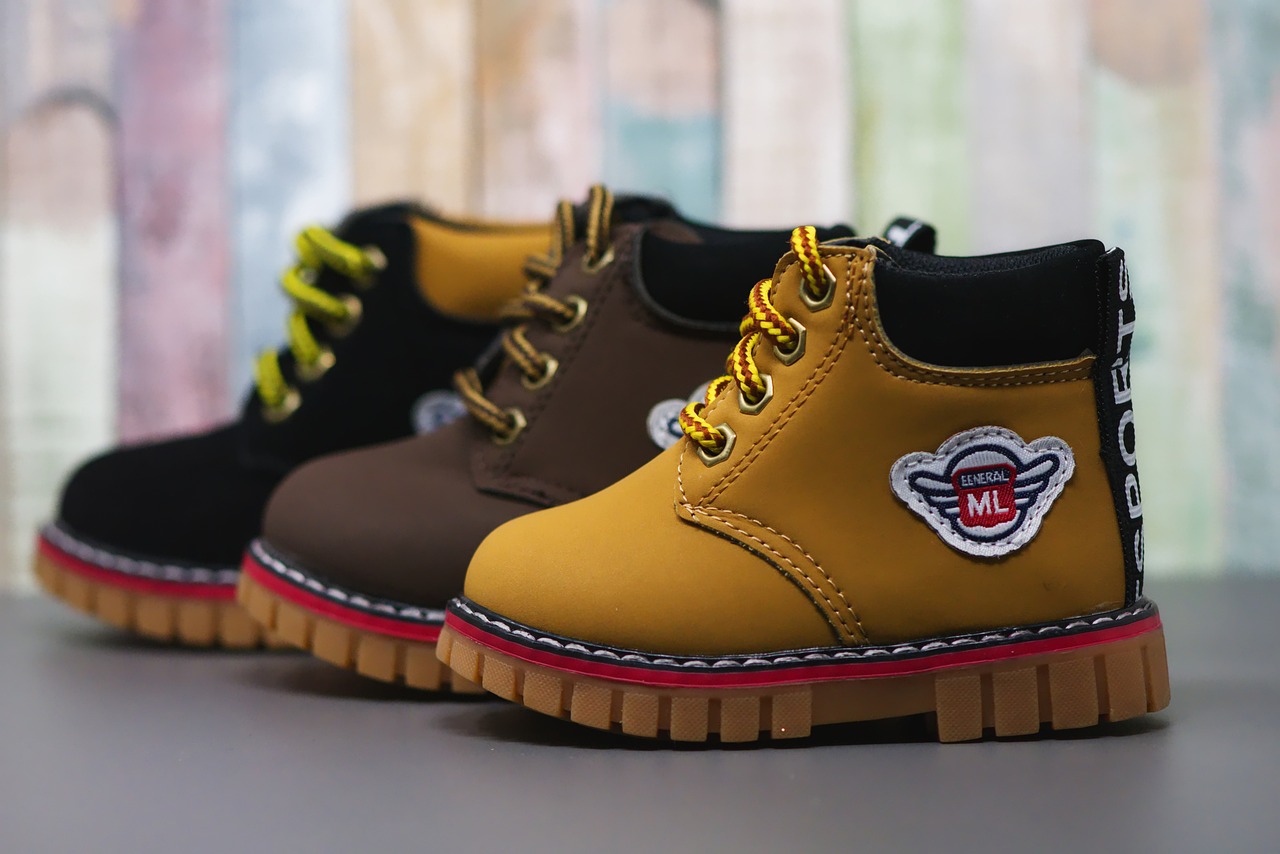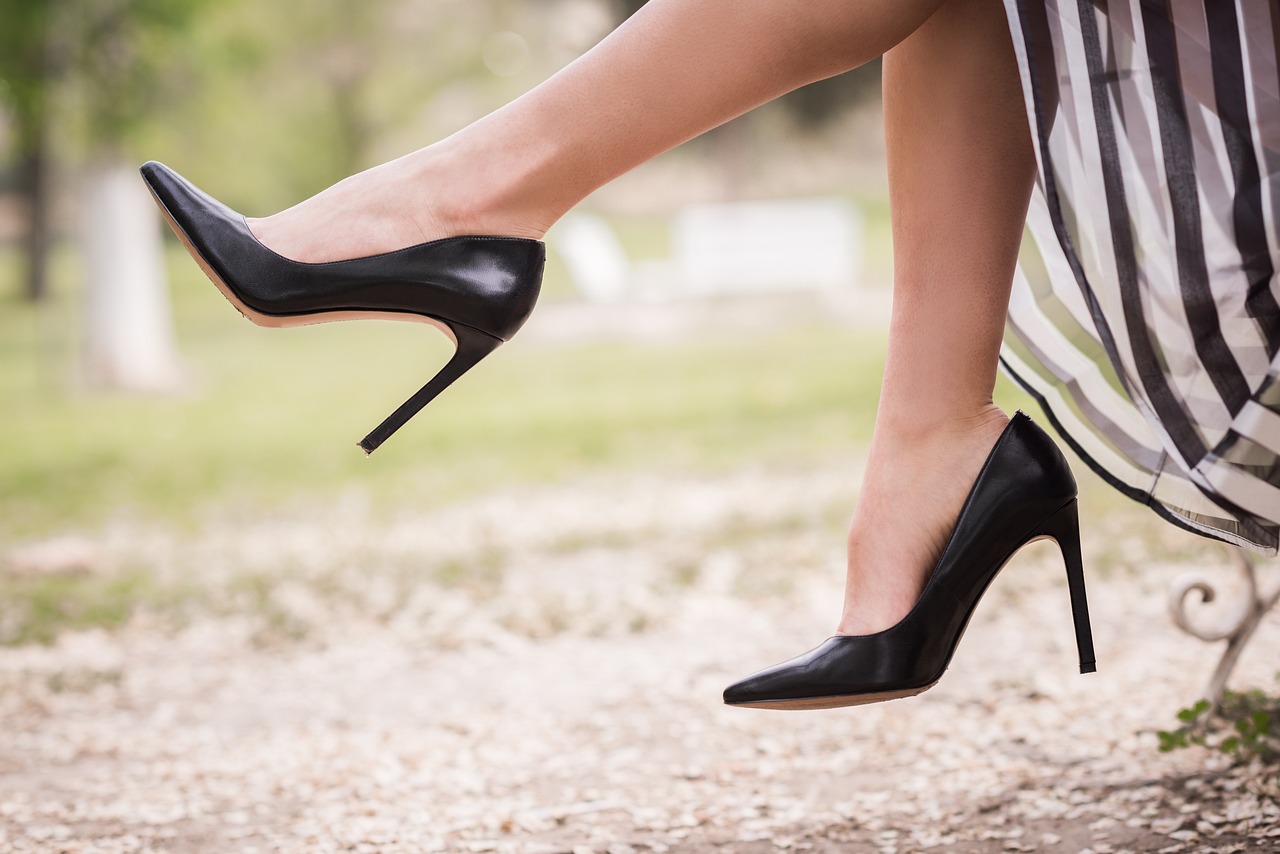This article delves into the intricacies of New Balance’s size chart, empowering consumers to select the ideal fit for their footwear needs while ensuring both comfort and performance. Understanding the nuances of shoe sizing can significantly enhance your overall experience, especially when it comes to athletic footwear.
Understanding New Balance Shoe Sizes
New Balance provides a wide range of shoe sizes that can vary considerably by model. It is crucial for consumers to understand how these sizes correlate with their foot measurements, as this can make a significant difference in achieving a comfortable fit.
How to Measure Your Foot for New Balance Shoes
Accurate foot measurement is essential for selecting the right shoe size. Below is a simple guide to help you measure your foot at home:
- Tools Needed: A ruler or measuring tape and a piece of paper.
- Step-by-Step Process:
- Place the paper on a flat surface.
- Stand on the paper and trace the outline of your foot.
- Measure the length and width of your foot from the outline.
Decoding New Balance Width Sizes
New Balance shoes come in various width options, which can greatly affect comfort. Understanding the difference between standard and wide width options is vital, especially for those with wider feet. This knowledge helps in selecting shoes that provide adequate support.
Common Fit Issues with New Balance Shoes
Even with accurate measurements, customers may still experience fit issues. Common signs of an improper fit include discomfort or blisters. Recognizing these signs can help you make necessary adjustments for a better experience. Additionally, utilizing insoles and various lacing techniques can improve the fit of your New Balance shoes.
Where to Find New Balance Size Charts
Locating accurate size charts is essential for making informed purchases. The official New Balance website provides comprehensive size charts and fitting guides, ensuring customers have access to the most reliable information. Third-party retailers may also offer size charts that can be useful when shopping online.
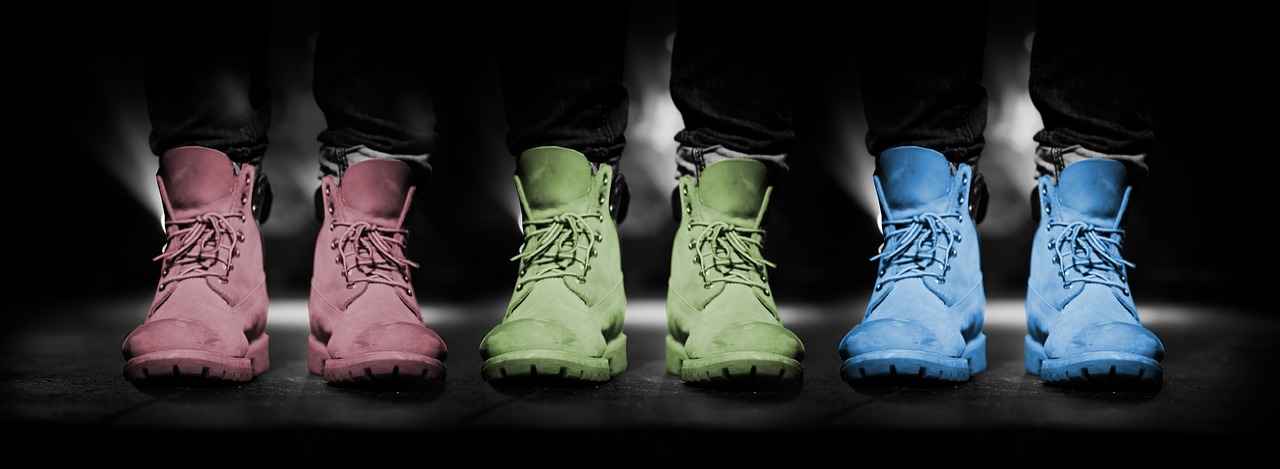
Understanding New Balance Shoe Sizes
New Balance is renowned for its commitment to providing a wide variety of shoe sizes, ensuring that every customer can find their perfect fit. However, it’s important to note that shoe sizes can vary significantly across different models. This variation means that simply knowing your size in one model may not guarantee the same fit in another. Understanding how New Balance sizes relate to your individual foot measurements is crucial for achieving a comfortable and supportive fit.
To begin, it’s essential to recognize that New Balance offers a range of sizes, including both numerical sizes and width options. The numerical sizes typically range from 5 to 20, while width options include standard, wide, and extra-wide. This comprehensive sizing system caters to various foot shapes and sizes, making it easier for consumers to find shoes that fit well.
When selecting your size, consider that New Balance shoes are designed with specific activities in mind. For instance, running shoes may have a different fit compared to walking or training shoes. Therefore, it’s advisable to refer to the specific size chart for each model you are interested in. This will help you understand the unique sizing characteristics of that particular shoe.
Moreover, measuring your foot accurately is a critical step in this process. Many consumers overlook this essential step, leading to discomfort and dissatisfaction with their purchase. To measure your foot, you’ll need a ruler or a measuring tape and a piece of paper. By following a simple step-by-step guide, you can determine both the length and width of your foot, ensuring you select the correct size when shopping for New Balance footwear.
In summary, understanding the intricacies of New Balance shoe sizes is vital for ensuring a comfortable fit. By being aware of the variations in sizing across different models and taking the time to measure your feet accurately, you can make informed decisions that enhance your overall footwear experience.
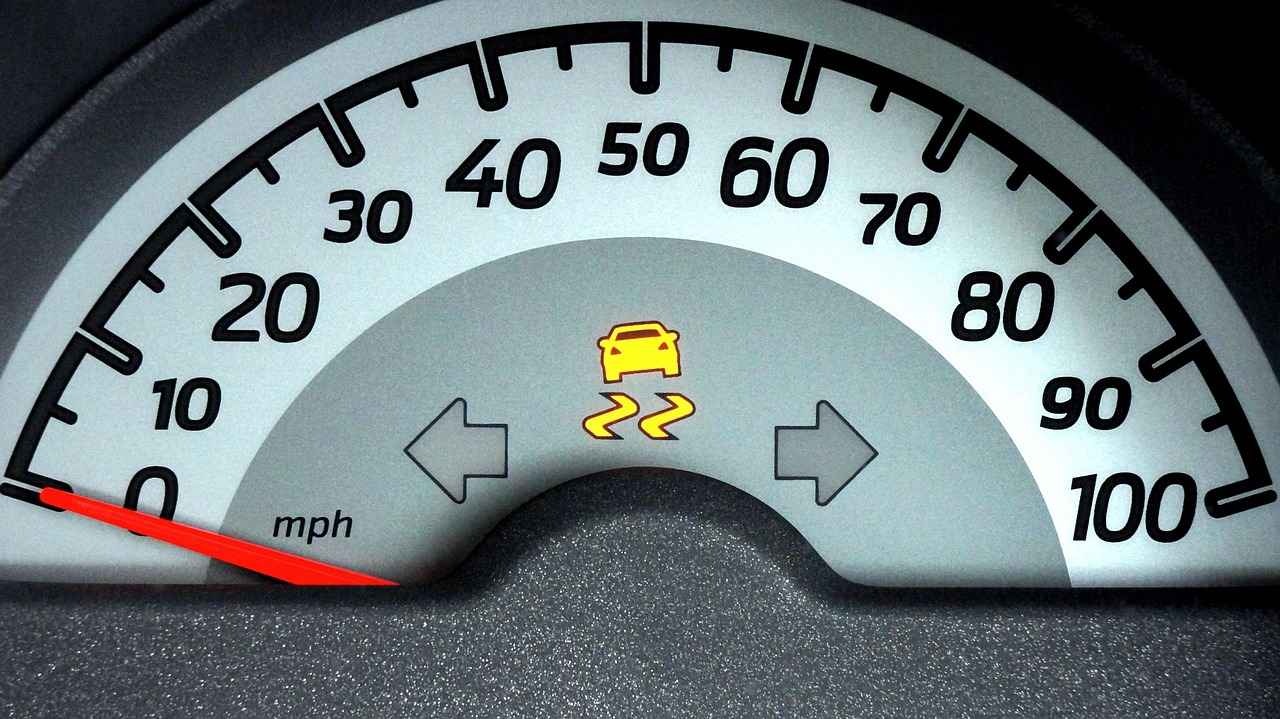
How to Measure Your Foot for New Balance Shoes
Accurate foot measurement is essential for selecting the right shoe size. Understanding how to measure your feet correctly can significantly enhance your comfort and performance when wearing New Balance shoes. Follow this comprehensive guide to ensure you find the perfect fit.
- Ruler or Measuring Tape: A flexible measuring tape is ideal, but a ruler can also work.
- Paper: Use a blank sheet of paper to trace your foot.
- Pencil: To mark the length and width of your foot.
- Flat Surface: Ensure you measure on a hard, flat surface for accuracy.
Follow these steps to measure your foot length and width effectively:
- Prepare Your Materials: Gather your tools and find a flat surface.
- Trace Your Foot: Place the paper on the floor and stand on it. Ensure your heel is against a wall. Use the pencil to trace around your foot.
- Measure the Length: Using the ruler or measuring tape, measure from the heel to the longest toe. Record this measurement in inches or centimeters.
- Measure the Width: Measure the widest part of your foot, usually across the ball. This is crucial for determining the width size.
- Repeat for Accuracy: It’s best to measure both feet, as one may be larger than the other. Use the larger measurement for sizing.
Once you have your measurements, refer to New Balance’s size chart to find your corresponding shoe size. Remember that sizes can vary by model, so always check the specific chart for the shoes you intend to purchase.
By following these steps, you can ensure that you select the right size for New Balance shoes, enhancing both comfort and performance during your activities.
Tools Needed for Measuring Your Foot
When it comes to finding the perfect fit for your New Balance shoes, accurate measurements are essential. To ensure you achieve precise and consistent results, it’s important to gather the right tools before you begin measuring your feet. This preparation will help you avoid common fitting issues and enhance your overall comfort when wearing your shoes.
Before you start the measuring process, make sure to collect the following essential tools:
- Ruler or Measuring Tape: A flexible measuring tape is preferable as it can easily conform to the shape of your foot. If you don’t have one, a rigid ruler can also work.
- Piece of Paper: This will serve as a base for marking your foot measurements. Ensure it is large enough to accommodate your entire foot.
- Pencil or Pen: Use this to mark the measurement points on the paper accurately.
- Flat Surface: A hard, flat surface is essential for measuring your foot length and width accurately. Avoid carpeted areas, as they can distort measurements.
- Assistant (Optional): Having someone help you can make the process easier, especially when it comes to marking your foot’s dimensions.
Once you have gathered these tools, you will be well-prepared to measure your foot length and width effectively. Accurate measurements will help you choose the right size from New Balance’s comprehensive size chart, ensuring you find the perfect fit for your footwear needs.
Remember, taking the time to measure your feet properly can significantly enhance your comfort and performance when wearing your new shoes.
Step-by-Step Foot Measurement Process
Measuring your foot accurately is crucial in ensuring you find the perfect fit for New Balance shoes. By following these simple steps, you can effectively measure both the length and width of your foot, allowing you to select the right size from New Balance’s extensive range.
- Step 1: Gather Your Materials
Before you start, make sure you have a few essential tools on hand: a ruler or a measuring tape, a piece of paper, and a pen or pencil to record your measurements. It’s best to measure your feet at the end of the day when they are most swollen for the most accurate results. - Step 2: Prepare Your Measuring Surface
Find a flat, hard surface to stand on. Place the piece of paper on the floor against a wall. Make sure the paper is straight and aligned with the wall. - Step 3: Measure Your Foot Length
Stand on the paper with your heel against the wall. Ensure your weight is evenly distributed on both feet. Using the pen, mark the longest point of your foot on the paper. Remove your foot and measure the distance from the wall to the mark using the ruler or measuring tape. This measurement is your foot length. - Step 4: Measure Your Foot Width
To measure your foot’s width, place your foot on the paper again. This time, use the pen to mark the widest part of your foot. Measure the distance between the two marks to determine your foot width. - Step 5: Record and Compare
Write down your foot length and width measurements. Compare these dimensions with New Balance’s size chart to find the best fit for your shoes.
By following these steps, you can ensure that you have the correct dimensions for New Balance sizing, leading to a more comfortable and supportive fit.
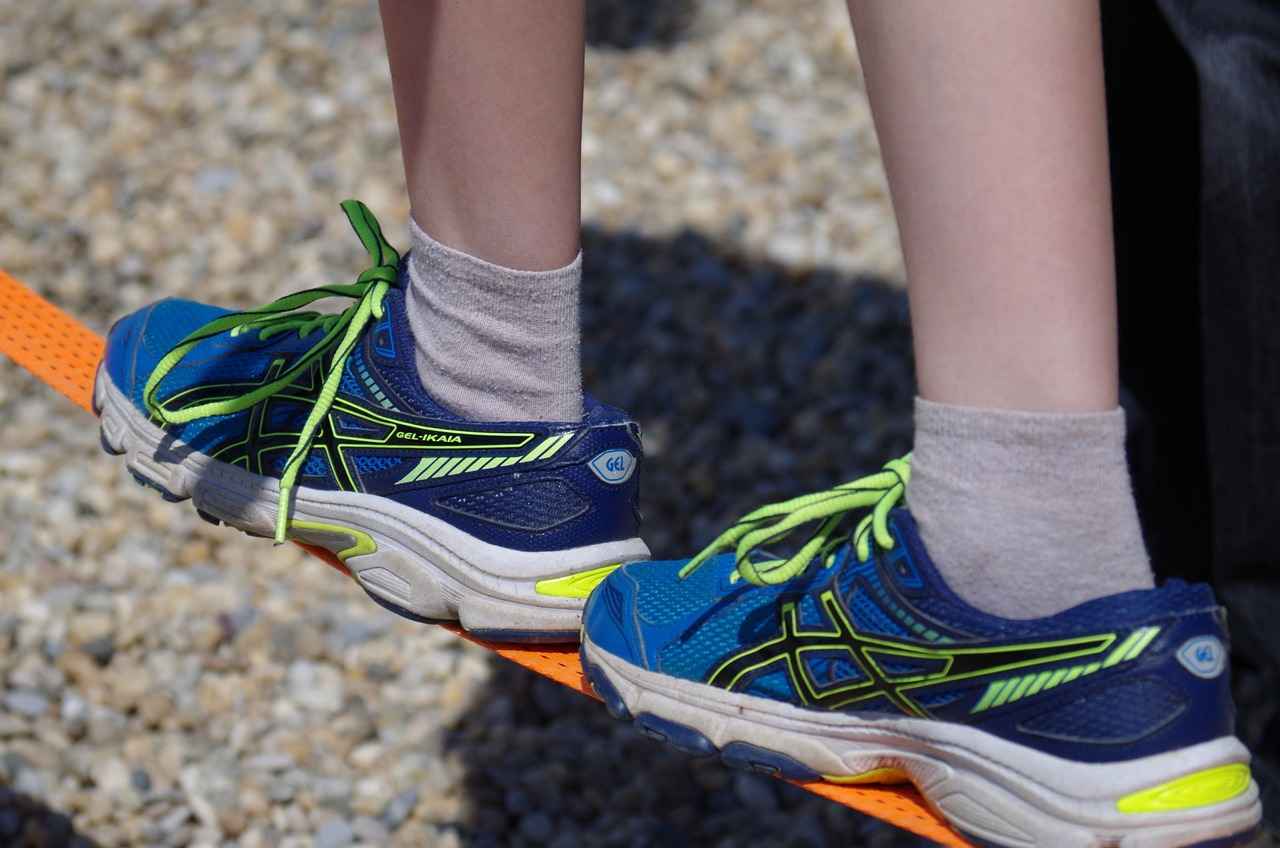
Decoding New Balance Width Sizes
When it comes to finding the perfect fit in athletic footwear, width size is just as crucial as length. New Balance shoes are renowned for their extensive range of width options, catering to various foot shapes and sizes. This section aims to clarify the different width classifications available and guide you in selecting the right one for your needs.
New Balance offers several width classifications to accommodate different foot types:
- Standard Width (D): This is the most common width for men and women, suitable for those with average foot sizes.
- Wide Width (2E): Designed for individuals with broader feet, this option provides extra room in the forefoot.
- Extra Wide Width (4E): Ideal for those who require significant space, this classification ensures maximum comfort and support.
- Narrow Width (B): A less common option, perfect for those with narrower feet who struggle to find a secure fit.
Choosing the right width is essential for both comfort and performance. A shoe that is too narrow can cause discomfort, blisters, or even long-term foot issues, while a shoe that is too wide may lead to instability and lack of support during physical activities.
To find your ideal width, you should:
- Measure the width of your foot using a ruler or measuring tape.
- Compare your measurement to New Balance’s width sizing chart.
- Consider the type of activities you’ll be engaging in; for example, running may require a snugger fit than casual walking.
By understanding and selecting the appropriate width size, you can enhance your overall experience with New Balance footwear, ensuring that you enjoy both comfort and performance with every step.
Standard Width vs. Wide Width
options are crucial considerations for individuals with wider feet. Understanding these differences can significantly impact comfort and overall foot health when selecting footwear.
New Balance categorizes its shoes into different width options, primarily standard and wide. The standard width is designed to accommodate the average foot size, while the wide width option provides extra room, particularly in the forefoot and toe areas. This distinction is vital for those who may find standard sizes too restrictive, leading to discomfort during wear.
For individuals with wider feet, wearing shoes that are too narrow can result in various issues, including blisters, calluses, and even long-term foot problems. Thus, selecting the appropriate width is not just about comfort; it’s about ensuring adequate support and preventing injuries.
To determine which width is suitable for you, it’s essential to measure your foot’s width accurately. Here’s a simple method:
- Place a piece of paper on the floor against a wall.
- Stand on the paper with your heel against the wall.
- Mark the widest part of your foot on the paper.
- Measure the distance between the marks; this is your foot width.
Once you have your measurements, consult the New Balance width sizing chart. This chart will help you find the right width designation for your feet, ensuring you choose a pair of shoes that will not only fit well but also provide the necessary support for your activities.
In summary, understanding the difference between standard and wide width options is essential for anyone with wider feet. By taking the time to measure your foot and consult the appropriate sizing guides, you can make informed decisions that enhance your comfort and performance in New Balance footwear.
How to Determine Your Width Size
When it comes to finding the perfect pair of New Balance shoes, understanding your foot’s width is just as important as knowing its length. The right width ensures that your shoes fit comfortably and provide the necessary support for your activities. Here’s a comprehensive guide on how to measure your foot’s width and match it to New Balance’s width sizing chart.
Step 1: Gather Your Tools
- A ruler or measuring tape
- A piece of paper
- A pen or pencil
Step 2: Prepare to Measure
Start by placing your foot on the piece of paper. Make sure you are standing, as this will give a more accurate measurement of your foot’s width when bearing weight.
Step 3: Mark Your Foot’s Width
Using the pen or pencil, trace the outline of your foot. Be sure to keep the pen perpendicular to the paper for the most accurate results. After tracing, measure the widest part of your foot from one side to the other.
Step 4: Consult the New Balance Width Sizing Chart
Once you have your measurement, refer to the New Balance width sizing chart. New Balance offers a variety of width options, typically labeled as 2A (narrow), B (standard), D (wide), and 4E (extra wide). Match your measurement to these categories to find your ideal width size.
Why Width Matters
A proper width is crucial for comfort and performance. Shoes that are too narrow may cause discomfort, while overly wide shoes can lead to instability. By accurately measuring your foot’s width and consulting the size chart, you can ensure that your New Balance shoes will fit perfectly, allowing you to focus on your activities without distractions.
Understanding how to measure your foot’s width and matching it with New Balance’s sizing chart is an essential step in achieving the best fit for your footwear. With the right size, you will experience enhanced comfort and performance in every step.
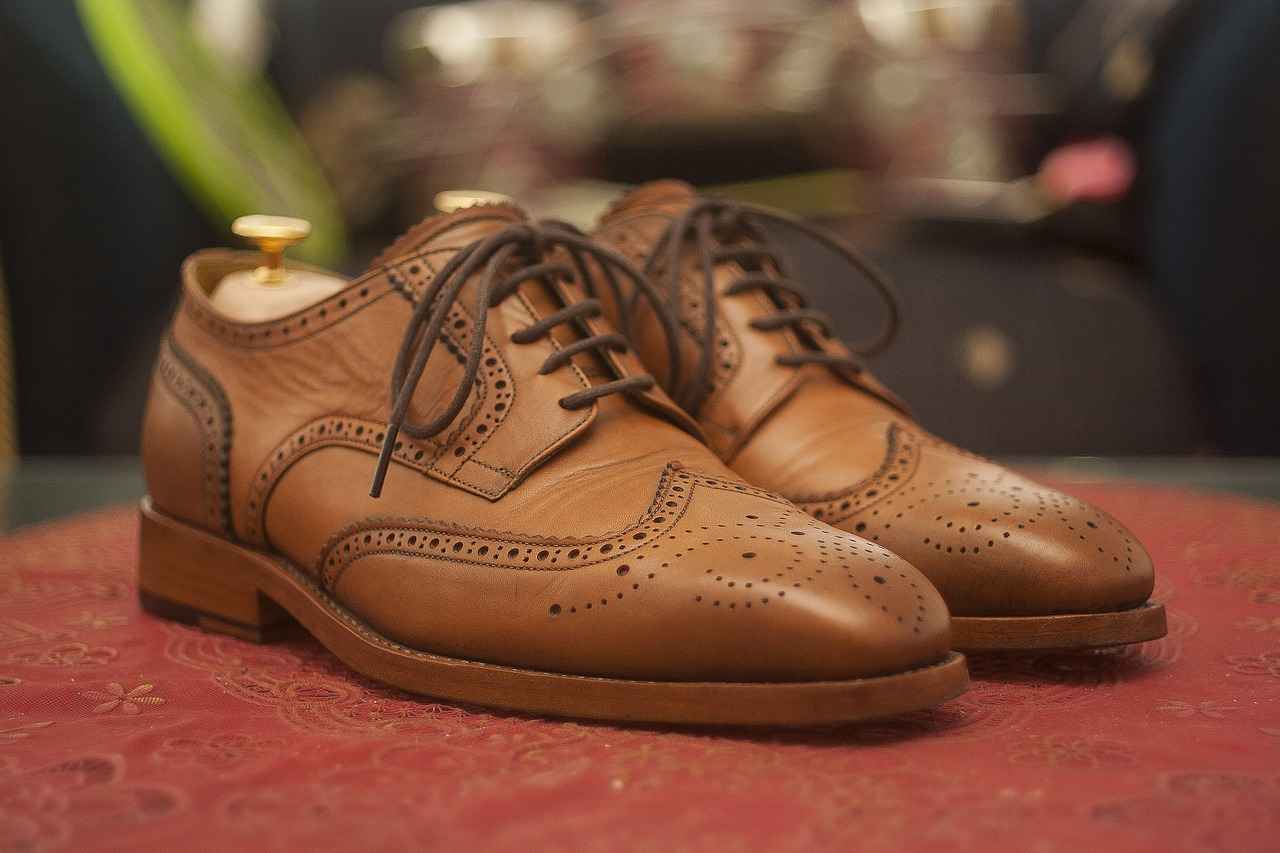
Common Fit Issues with New Balance Shoes
When purchasing footwear, finding the right fit is essential for both comfort and performance. New Balance shoes, known for their quality and variety, can sometimes present fit challenges even when accurate measurements are taken. This section delves into the most common fit issues customers may encounter and offers practical solutions to troubleshoot these problems.
Fit issues can manifest in several ways. Some of the most common signs include:
- Discomfort: A shoe that feels tight or pinches can indicate that the size is too small.
- Blisters: Friction caused by shoes that are too loose or poorly fitted can lead to painful blisters.
- Foot Slippage: If your heel lifts out of the shoe while walking, it may be too wide or long.
- Pressure Points: Uneven pressure on certain areas of the foot can suggest a need for a different width or size.
Once you identify a fit problem, there are several strategies to enhance comfort:
- Insoles: Adding custom or over-the-counter insoles can improve fit by providing additional arch support and cushioning.
- Lacing Techniques: Adjusting how you lace your shoes can help secure your foot in place, reducing slippage and discomfort. For instance, using a heel lock lacing technique can keep your heel snugly in the shoe.
- Sock Choice: Wearing thicker or moisture-wicking socks can also help fill any gaps and provide a more secure fit.
If you continue to experience fit issues after trying these adjustments, it may be beneficial to visit a specialty running store. Experts there can assess your foot shape and gait, offering personalized recommendations for the best New Balance model suited to your needs.
By understanding common fit issues and how to address them, you can ensure a more enjoyable experience with your New Balance footwear.
Signs of an Improper Fit
When it comes to finding the perfect pair of shoes, understanding the signs of an improper fit is crucial for maintaining comfort and preventing injuries. Many people often overlook the importance of a proper fit, which can lead to a variety of issues. Here, we will discuss key indicators that your shoes may not be fitting correctly, along with practical advice for addressing these problems.
- Discomfort: If you experience pain or discomfort while wearing your shoes, it’s a clear sign that they may not be the right size or shape for your feet. Pay attention to areas where pressure is felt, as this can indicate a mismatch in fit.
- Blisters: Developing blisters is a common issue associated with improper shoe fit. If you notice blisters forming on your heels, toes, or sides of your feet, it could mean your shoes are too tight or rubbing against your skin.
- Numbness or Tingling: Experiencing numbness or tingling sensations in your feet can signal that your shoes are too narrow or constricting blood flow. This can lead to more serious issues if not addressed promptly.
- Foot Fatigue: If your feet feel unusually tired after a short period of wear, this may indicate inadequate support or cushioning. Properly fitting shoes should allow for comfort during extended use.
- Toe Overlap: If your toes are cramped or overlapping, it’s a sign that your shoes are too small. Your toes should have enough space to move freely without feeling squished.
To ensure a better experience, it’s important to regularly assess how your shoes fit. If you notice any of the signs mentioned above, it may be time to consider adjustments such as trying a different size, width, or style. Additionally, utilizing insoles or adjusting lacing techniques can significantly enhance comfort and fit.
By staying vigilant about the signs of an improper fit, you can make informed decisions that will enhance your overall footwear experience.
How to Adjust Fit with Insoles and Lacing Techniques
When it comes to achieving the perfect fit for your New Balance shoes, insoles and lacing techniques play a crucial role. Many shoe wearers overlook these factors, yet they can significantly enhance comfort and performance.
Insoles can provide additional support, cushioning, and stability. Here are some key benefits of using insoles:
- Improved Comfort: Custom or cushioned insoles can alleviate pressure on your feet, making long walks or runs more enjoyable.
- Arch Support: Insoles designed for arch support can help maintain proper foot alignment, reducing the risk of injuries.
- Shock Absorption: Quality insoles can absorb impact, providing a softer landing during high-impact activities.
Selecting the right insoles depends on your specific needs. Consider factors such as:
- Foot Type: Flat feet, high arches, and neutral arches all require different types of support.
- Activity Level: Choose insoles that cater to your specific activities, whether it’s running, walking, or casual wear.
- Material: Look for breathable materials that wick moisture away, keeping your feet dry and comfortable.
In addition to insoles, adjusting your lacing technique can improve the fit of your New Balance shoes. Here are some effective lacing methods:
- Heel Lock Lacing: This technique helps secure your heel in place, preventing slippage and enhancing stability.
- Wide Foot Lacing: For those with wider feet, skipping eyelets can provide extra room without compromising support.
- Custom Lacing Patterns: Experiment with different lacing patterns to find the one that best suits your foot shape and comfort.
By combining the right insoles with effective lacing techniques, you can achieve a tailored fit that enhances your overall experience with New Balance shoes. Take the time to explore these options to find what works best for you.
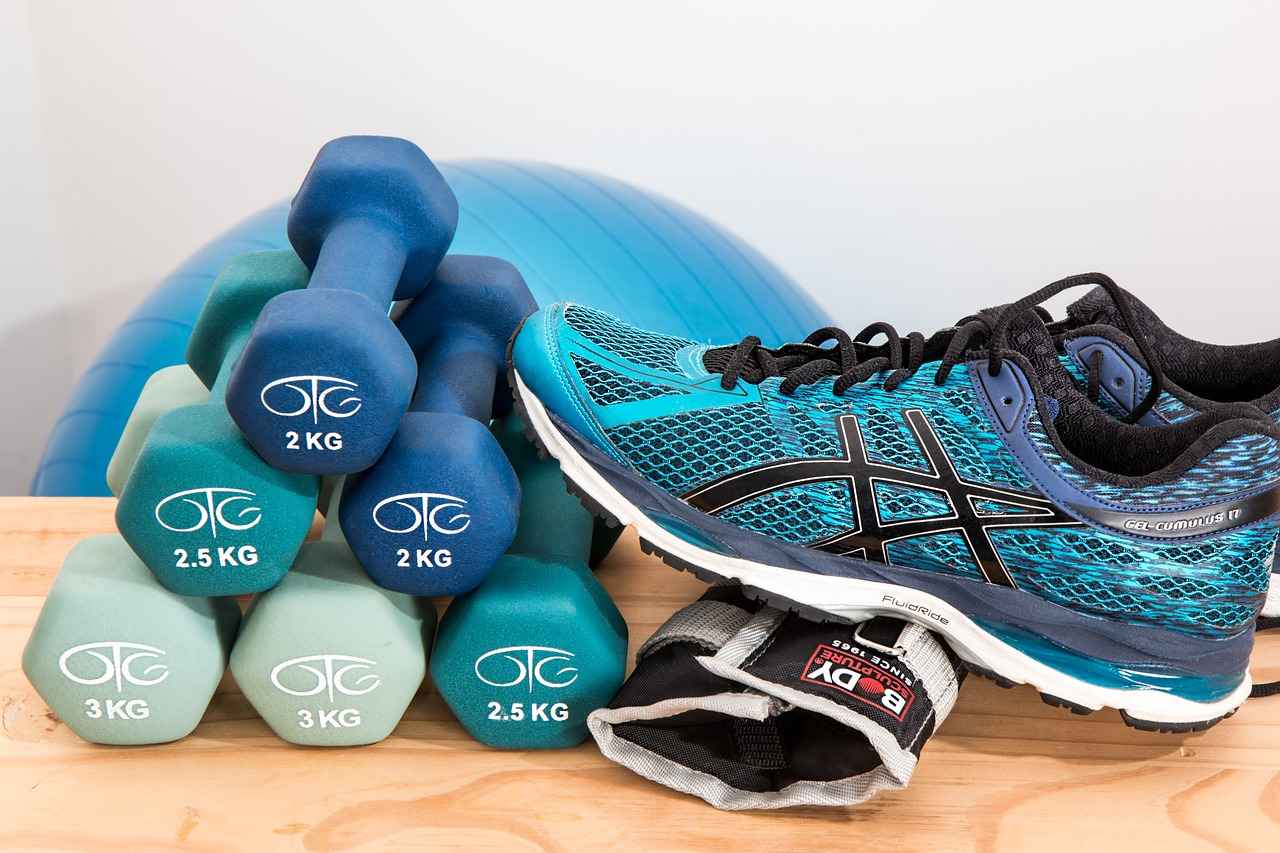
Comparing New Balance with Other Brands
When it comes to selecting the right athletic footwear, understanding the nuances of sizing across different brands is essential. New Balance is a prominent player in the athletic shoe market, and comparing its sizing with other popular brands can help you make an informed decision. This section delves into the key differences and similarities between New Balance sizing and that of other leading athletic footwear brands.
New Balance offers a unique sizing system that may not directly align with other brands such as Nike, Adidas, and Puma. Each brand has its own size chart, which can lead to confusion for consumers. For instance:
| Brand | Men’s Size (US) | Women’s Size (US) |
|---|---|---|
| New Balance | 9 | 10.5 |
| Nike | 9.5 | 10 |
| Adidas | 9.5 | 10 |
| Puma | 9 | 10 |
This table illustrates that a size 9 in New Balance may correspond to a size 9.5 in Nike or Adidas. Therefore, it is crucial to consult the specific size charts for each brand before making a purchase.
Customer experiences can provide valuable insights into how New Balance shoes fit compared to other brands. Many users report that New Balance tends to run true to size, while others find that brands like Nike may run smaller or larger depending on the model. Reading reviews and feedback from fellow consumers can help you gauge which brand might offer the best fit for your foot type.
In summary, comparing New Balance sizing with other popular brands is essential for ensuring a comfortable fit. By understanding the differences in sizing and consulting customer feedback, you can make a more informed decision when selecting your next pair of athletic shoes.
Brand Size Chart Comparisons
When it comes to selecting the right athletic footwear, understanding shoe sizing is crucial. This is especially true when comparing New Balance’s sizing to other leading athletic brands. Each brand has its unique sizing system, which can lead to confusion for consumers. By exploring these differences, shoppers can make informed decisions that enhance their comfort and performance.
New Balance is known for offering a wide range of sizes, including various width options. This flexibility is beneficial for individuals with different foot shapes. In contrast, brands like Nike and Adidas may have a more standardized sizing approach, which can sometimes lead to a less customized fit. For instance, while New Balance provides options like narrow, standard, and wide widths, other brands might not offer as many choices, potentially leaving some consumers without the perfect fit.
To help consumers navigate these differences, it’s essential to look at size charts from each brand. Many brands publish detailed size guides on their websites, which can be a valuable resource. For example, New Balance’s size chart includes specific measurements for foot length and width, allowing customers to find their ideal size more easily. In comparison, some brands may only provide general size ranges, which can be less helpful.
Additionally, customer feedback plays a significant role in understanding how sizing translates to real-world use. Reviews often highlight discrepancies between expected size and actual fit. For example, a consumer might find that a size 10 in New Balance fits perfectly, while a size 10 in another brand feels too tight or too loose. This is why it’s beneficial to read reviews and experiences from other customers before making a purchase.
Ultimately, comparing New Balance’s sizing with other brands can empower consumers to choose shoes that not only fit well but also meet their performance needs. By taking the time to understand these differences, shoppers can enhance their overall experience and satisfaction with their footwear.
Customer Feedback and Reviews
are invaluable resources for anyone looking to understand how New Balance shoes fit. These insights come directly from consumers who have experienced the products firsthand, providing a wealth of information about sizing accuracy, comfort, and overall satisfaction.
Many customers emphasize the importance of trying on different sizes due to the slight variations in fit across different models. For instance, some users report that certain styles run larger or smaller than others, which highlights the need for careful consideration when selecting a size. This is especially true for those who may be between sizes, as a recommendation from a fellow customer can often guide you toward the best choice.
Additionally, a common theme in reviews is the significance of width options. New Balance offers various widths, catering to individuals with different foot shapes. Customers with wider feet often express satisfaction with the availability of wide and extra-wide options, which can make a significant difference in comfort during wear. Feedback indicates that those who struggle to find suitable sizes in other brands often find New Balance to be a more accommodating option.
Another critical aspect highlighted in reviews is the break-in period. While some users find their New Balance shoes comfortable right out of the box, others mention a need for a brief adjustment period. It’s advisable for new buyers to consider this factor, as it can influence their initial impressions of the fit.
| Customer Feedback | Key Insights |
|---|---|
| Fit Accuracy | Varies by model; trying on recommended. |
| Width Options | Wide options are appreciated by those with broader feet. |
| Comfort Level | Many report immediate comfort; some require break-in. |
In summary, customer experiences and reviews are essential for understanding how New Balance shoes fit. By considering the feedback from fellow consumers, prospective buyers can make more informed decisions when selecting their perfect pair.
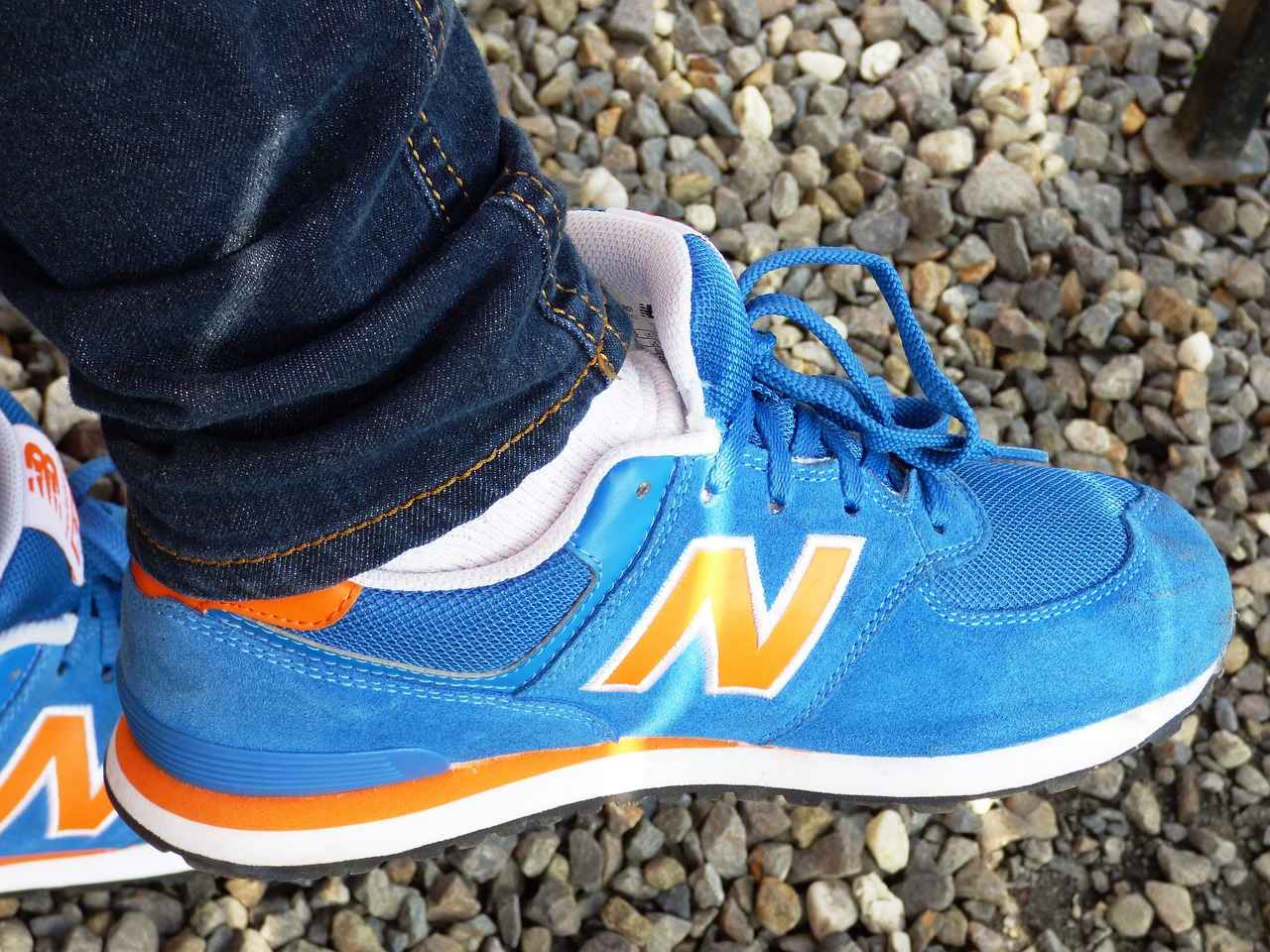
Where to Find New Balance Size Charts
When shopping for footwear, particularly with brands like New Balance, having access to accurate size charts is crucial for making informed purchasing decisions. This section outlines various resources where you can locate New Balance’s official size charts online, ensuring you find the perfect fit for your needs.
The most reliable source for size charts is the official New Balance website. Here, you can find comprehensive size charts that include both men’s and women’s sizing. These charts provide detailed measurements for foot length and width, allowing you to match your dimensions accurately to the appropriate shoe size. To access these resources:
- Visit the New Balance homepage.
- Navigate to the ‘Size Guide’ section, typically found in the footer or product pages.
- Select the specific category of shoes you are interested in, as sizes may vary between models.
In addition to the official site, many third-party retailers also provide size charts for New Balance shoes. These charts can be particularly useful when shopping through online platforms such as Amazon, Zappos, or Foot Locker. Here are a few tips for utilizing these resources:
- Always check the size chart provided on the retailer’s product page before making a purchase.
- Compare the retailer’s size chart with the official New Balance chart to ensure consistency.
- Look for customer reviews that mention fit, as they can provide insights into whether the shoes run true to size.
Some mobile apps dedicated to shopping and fitness can also help you find the right size for New Balance shoes. These apps often feature virtual fitting tools that allow you to input your foot measurements and receive personalized recommendations. Utilizing technology can enhance your shopping experience and ensure a better fit.
By leveraging these resources, you can confidently select the right size for your New Balance footwear, optimizing both comfort and performance.
Official New Balance Website Resources
When it comes to finding the perfect pair of shoes, New Balance understands the importance of accurate sizing. The official New Balance website serves as a vital resource for customers seeking to make informed decisions about their footwear purchases. With comprehensive size charts and fitting guides, shoppers can easily access the most reliable information available.
On the website, you will find detailed size charts that break down shoe sizes by model, ensuring that you can select the right fit for your specific needs. Understanding the nuances of sizing is crucial, as different models may have variations in their fit. This is particularly important for athletes and active individuals who require shoes that provide both comfort and performance.
Additionally, the fitting guides available on the New Balance site offer step-by-step instructions on how to measure your feet accurately. This includes tips on measuring both the length and width of your feet to ensure a comprehensive understanding of your size. The guides also explain the significance of width options, which can greatly influence the overall fit and comfort of your shoes.
For those who may not have access to a measuring tape, the official site provides alternative methods and tools to help you determine your size effectively. As a result, customers can avoid the common pitfalls of purchasing shoes that do not fit properly, leading to discomfort and dissatisfaction.
Moreover, the New Balance website regularly updates its size charts and fitting resources to reflect the latest product offerings and consumer feedback. This commitment to providing accurate information ensures that customers can confidently select their desired footwear without the fear of inconsistent sizing.
In conclusion, the official New Balance website is an essential tool for anyone looking to purchase New Balance shoes. By utilizing the available size charts and fitting guides, customers can enhance their shopping experience and find the perfect fit for their feet.
Third-Party Retailer Size Charts
When shopping for New Balance shoes, it’s essential to ensure you select the correct size. While the official New Balance size chart is a reliable resource, many third-party retailers also provide their own size charts. This article will guide you on how to effectively utilize these resources for accurate sizing.
Third-party retailers often cater to a wide range of customers and may feature size charts that include additional insights or customer feedback. These charts can vary slightly from the official New Balance size chart, so it’s crucial to understand how to interpret them correctly.
- Check for Specificity: Ensure the retailer’s size chart specifically references New Balance shoes. Some retailers may include size charts for multiple brands, which can lead to confusion.
- Look for User Reviews: Many online retailers include customer reviews that mention fit. Look for comments that discuss sizing accuracy, as this can provide valuable insights into whether a particular model runs large, small, or true to size.
- Compare with Your Measurements: After obtaining your foot measurements, compare them with the size chart provided by the retailer. This comparison will help you determine the best fit.
- Consider Return Policies: Before making a purchase, check the retailer’s return policy. If the shoes don’t fit correctly, being able to return or exchange them easily is essential.
In addition, some retailers may offer virtual fitting tools that allow you to input your foot measurements and receive personalized size recommendations. This can be a helpful feature if you are unsure about which size to choose.
By taking advantage of the size charts offered by third-party retailers, along with your own measurements, you can enhance your chances of finding the perfect fit for your New Balance shoes. Remember, a well-fitted shoe not only improves comfort but also enhances performance, making it vital to invest time in finding the right size.
Frequently Asked Questions
- How do I measure my foot for New Balance shoes?
To measure your foot, you’ll need a ruler or measuring tape and a piece of paper. Place your foot on the paper, mark the longest point, and measure the length. For width, measure the widest part of your foot. This will help you find the right size according to New Balance’s size chart.
- What if my New Balance shoes feel too tight?
If your shoes feel tight, you might need a wider size or to try a different model. You can also experiment with lacing techniques or use insoles to improve the fit. Remember, comfort is key!
- Are New Balance sizes the same as other brands?
No, New Balance sizes can differ from other brands. It’s important to refer to their specific size chart and measure your feet to ensure you’re choosing the right size. Each brand has its own sizing quirks!
- Where can I find New Balance size charts?
You can find New Balance size charts on their official website, which offers detailed fitting guides. Additionally, many online retailers provide size charts that can help you make an informed decision.
- What should I do if I have wide feet?
If you have wide feet, look for New Balance shoes that offer wide width options. These are designed to provide extra space and comfort, ensuring a better fit for your unique foot shape.
